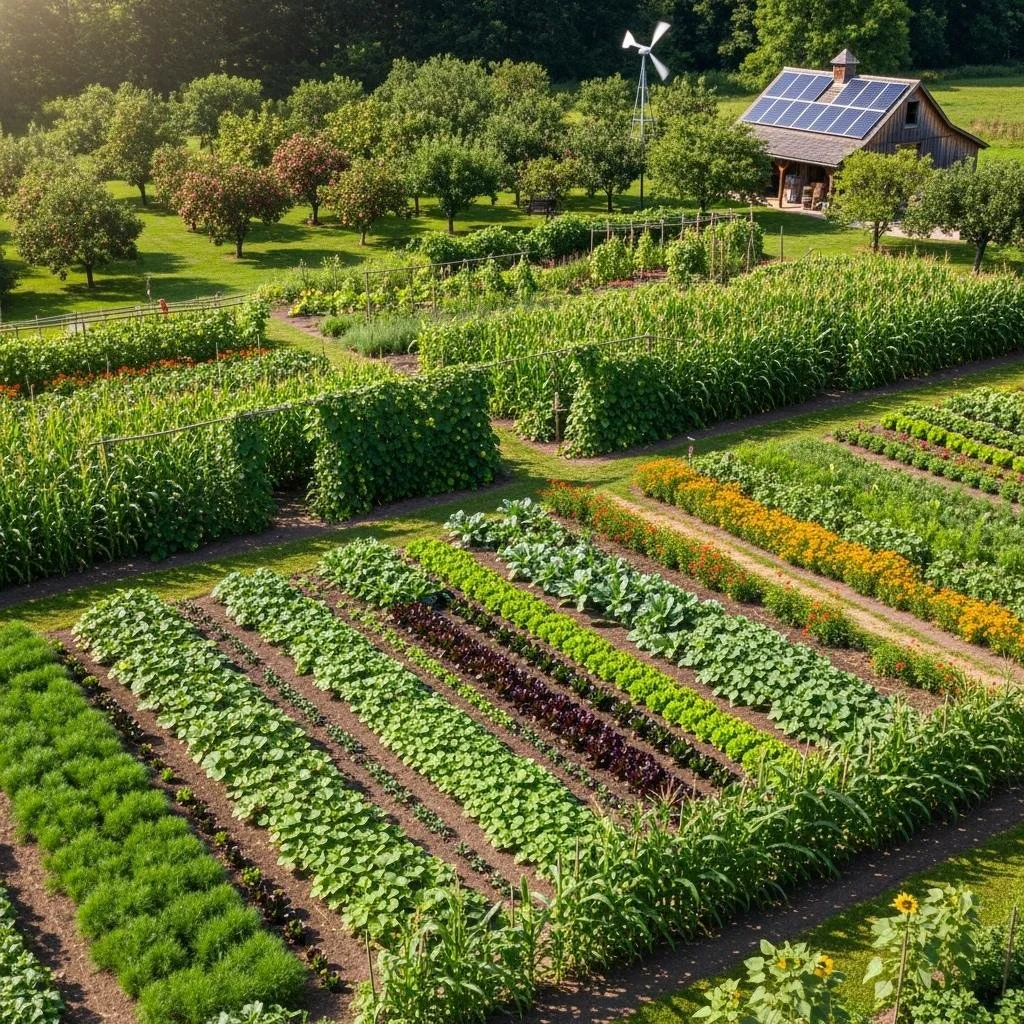Building Resiliance In Farming: What You Need To Know
Farming has never been for the faint of heart. It’s a profession defined by uncertainty—where one year might bring too much rain, the next not enough, and another might see pests or shifting markets wreak havoc on your hard work. If there’s one constant in agriculture, it’s that nothing stays the same. That’s why resilience isn’t just a buzzword in farming—it’s the job description.
The most successful farms today aren’t just reacting to seasonal changes; they’re building systems that can bend without breaking. From soil health to crop diversity and smart irrigation, resilience is rooted in proactive planning. But here’s the truth: resilience doesn’t begin at harvest—it starts much earlier, right down to the seed.
In this article, we explore key strategies and practical insights designed to help you build resilience and sustainability in your farming practices from the ground up.
No. 1
Healthy Soil: The Foundation of Resilient Farming
Healthy soil; it's the foundation of resilience in farming. Everything begins with the soil. One of the most effective ways to build soil health is by planting cover crops between your cash crops. Options like rye, clover, or even radish help keep living roots in the ground and protect your topsoil from wind erosion.
This simple practice leads to:
Reduced erosion
Improved soil structure
Increased moisture retention
In addition to cover cropping, adopting no-till or low-till farming methods minimizes soil disturbance. This further enhances structure, reduces erosion, and promotes better water infiltration. Over time, these practices can significantly increase your soil’s organic matter, which improves fertility and resilience.
And don’t underestimate the power of organic inputs. Adding compost or manure boosts soil biodiversity, enhances water retention, and increases nutrient availability. This not only supports healthier crops but also reduces your dependency on synthetic fertilizers.
No. 2
Diversify Crops and Crop Rotation
If you're relying on just one or two crops to carry your farm through the year, you're essentially gambling with nature. Diversification is key to spreading risk and building resilience.
Incorporating a wider variety of crops—such as legumes, grains, and forages—into your rotation can:
Reduce disease pressure
Improve soil health
Stabilize income streams
Beyond rotation, consider intercropping (growing multiple crops together) or agroforestry (integrating trees into your system). These methods increase biodiversity, improve nutrient cycling, and can even open up new revenue opportunities.
The goal is to create a more dynamic and flexible system that can better withstand environmental and economic shocks.
No. 3
Seeds Matter More Than You Think
You can’t control the weather, but you can choose seeds that are bred to withstand stress. Selecting the right seed varieties is one of the most strategic decisions you can make on the farm.
Companies like Agrigold invest heavily in testing traits such as:
Heat tolerance
Drought resistance
Disease resistance
Choosing resilient seed varieties helps ensure that your crops can stand strong when conditions get tough. It’s not about chasing record-breaking yields—it’s about achieving consistent performance year after year. In an unpredictable climate, that consistency is invaluable.
Chelsea Green Publishing
Since 1984, Chelsea Green has been the leading publisher of books about organic farming, gardening, homesteading, integrative health, natural building, sustainable living, socially responsible business, and more.
No. 4
Leverage Technology to Work Smarter
You don’t need every shiny new gadget on the market, but investing in the right technology can significantly improve your farm’s efficiency and resilience.
Practical Tech Tools That Make a Difference:
GPS-Guided Tractors: Reduce overlap, save fuel, and create straighter rows with fewer passes—meaning more time and better sleep during planting.
Drones: Identify stressed areas, drainage issues, or pest infestations early, allowing you to take action before yield losses occur.
Soil Sensors: Monitor moisture levels and nutrient availability in real-time, helping you make data-driven decisions.
Automated Weather Stations: Provide hyper-local weather data to guide irrigation and spraying schedules.
Mobile Apps: Log field data, track inputs, and monitor crop performance from your phone or tablet.
These tools help you work smarter, not harder. They allow you to react quickly and efficiently to changing conditions, improving your ability to manage risk and maintain productivity.
Takeaways
Resilience in farming isn’t built overnight. It’s the result of thoughtful planning, smart choices, and a willingness to adapt. From nurturing healthy soil and diversifying crops to selecting the right seeds and leveraging technology, every decision you make contributes to the long-term strength of your operation.
In a world where the only constant is change, building a farm that can bend without breaking isn’t just wise—it’s essential. And it all starts long before the harvest, right down to the roots.
Looking for resources?
At Hello Lovely Living, we aim to empower you to earn and save money and time while benefiting from our expansive network of home, life, wellness, travel, work-from-home, career, and business resources and opportunities. Discover a wealth of tools to support your journey.































